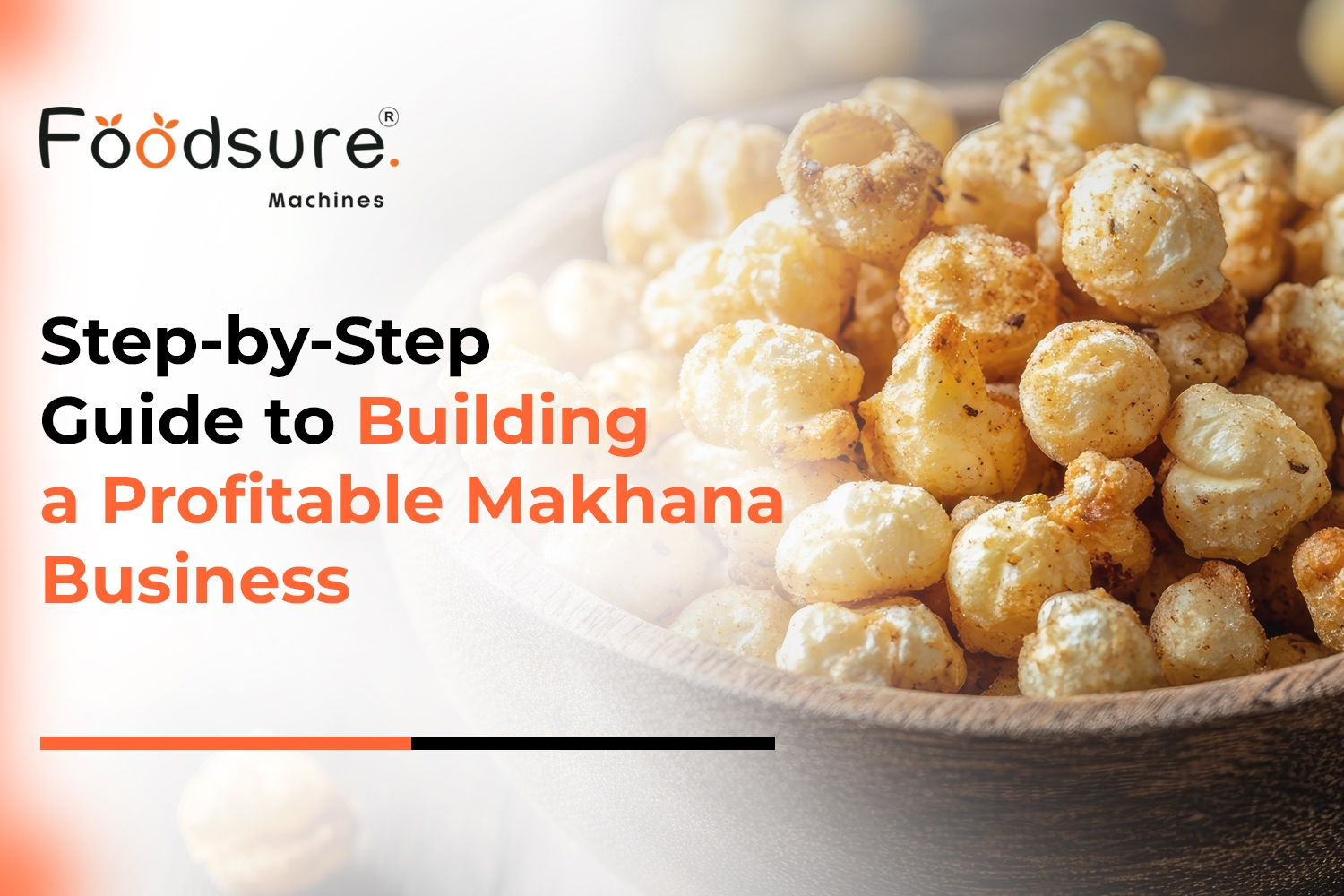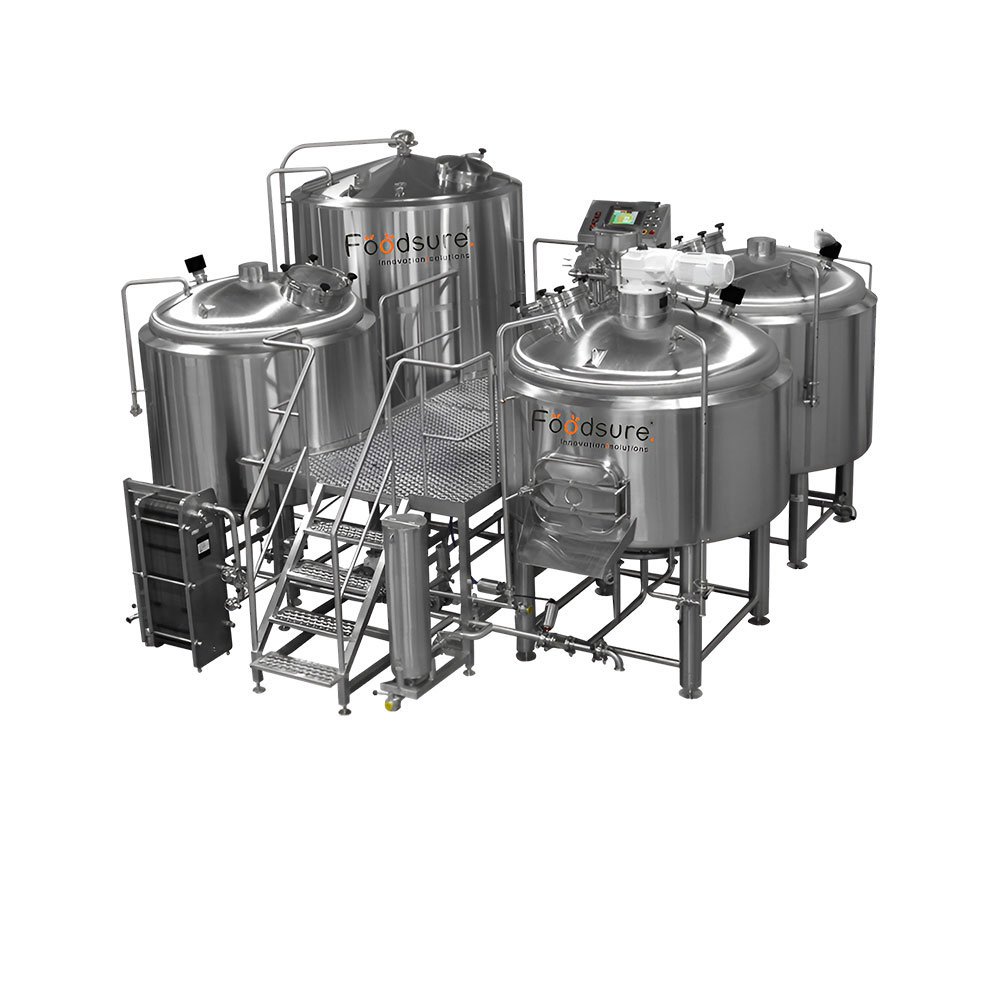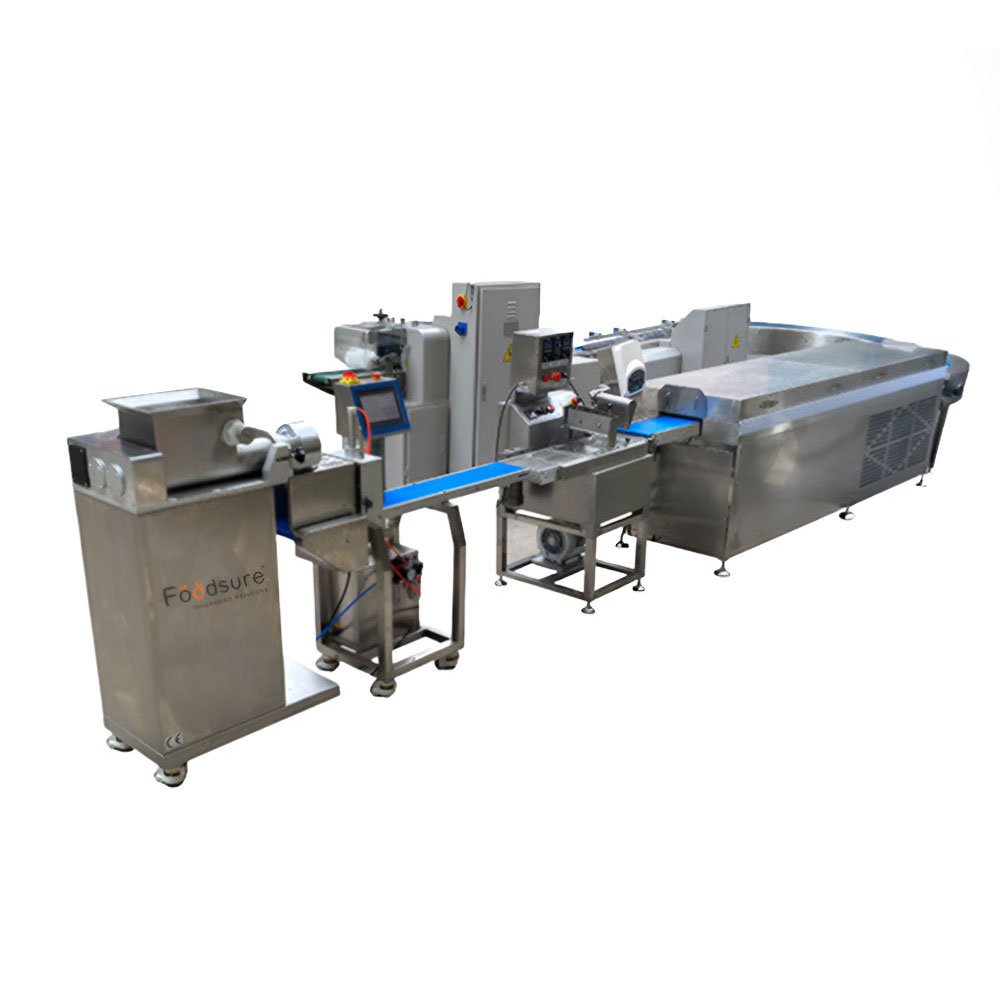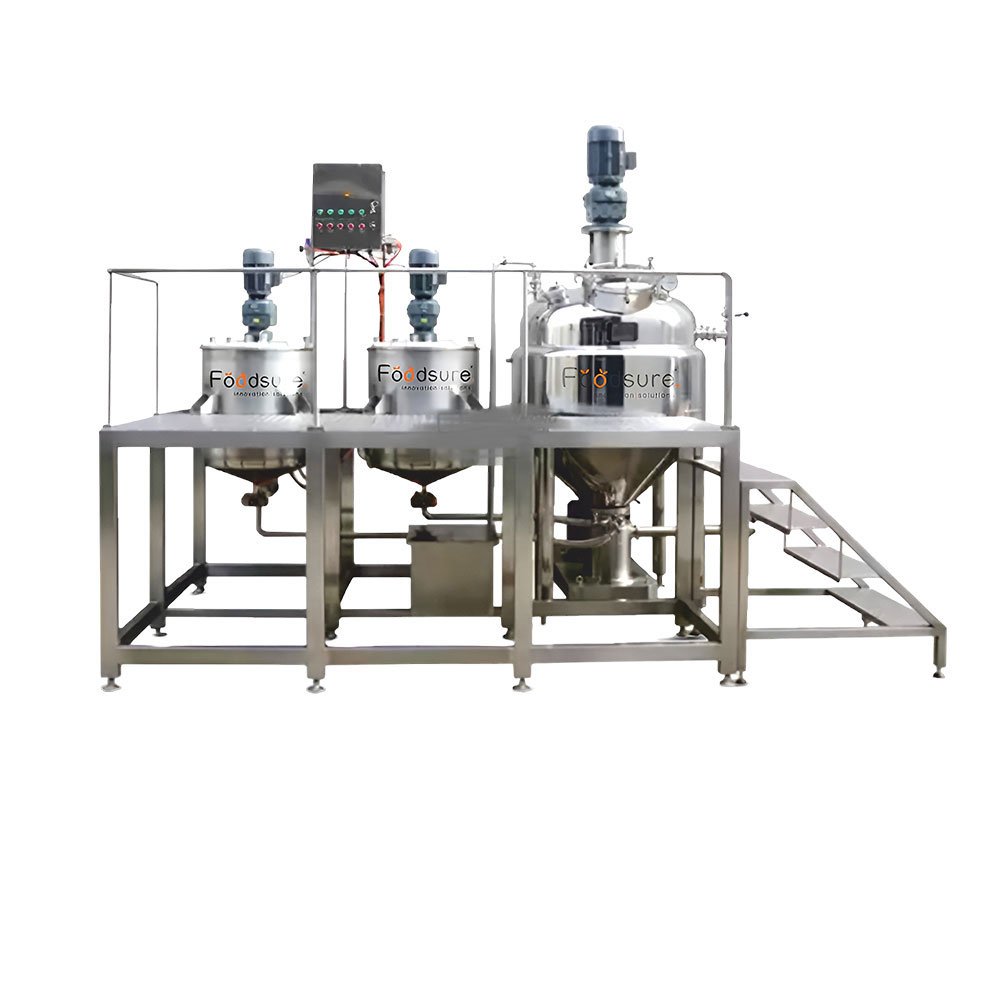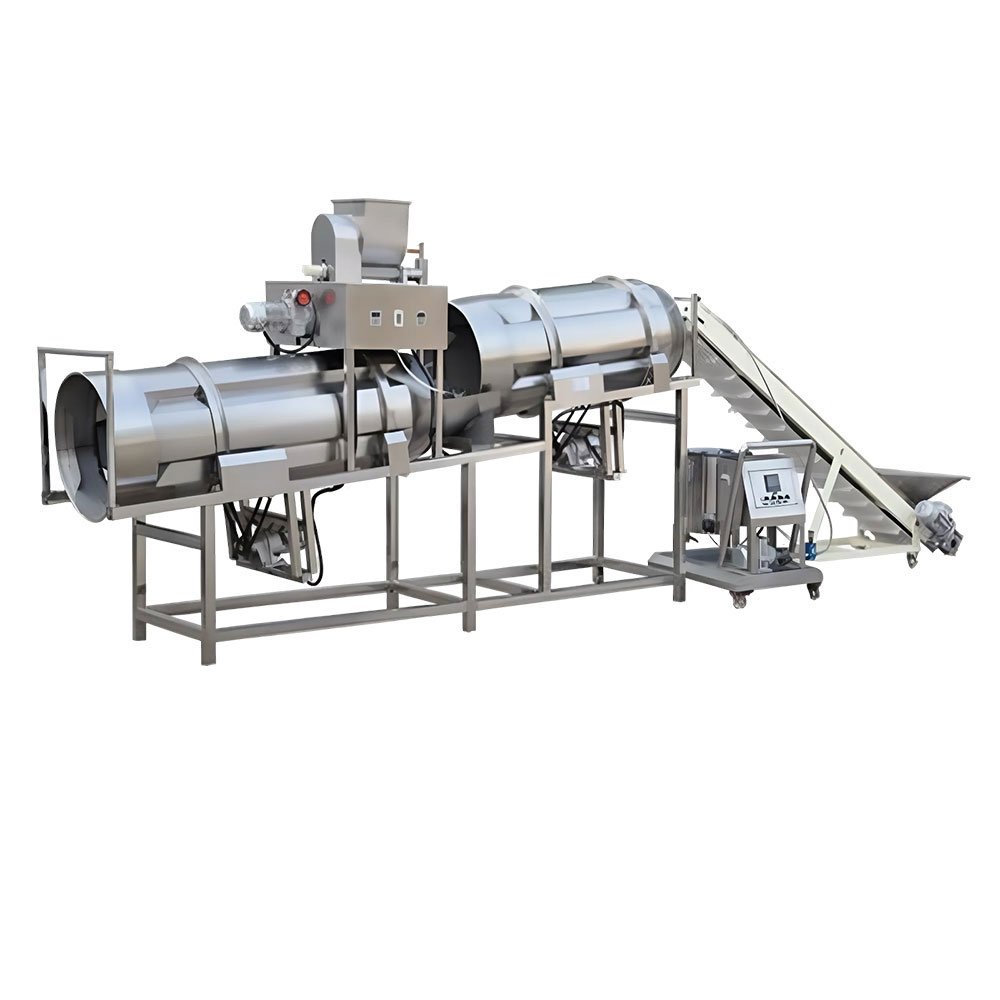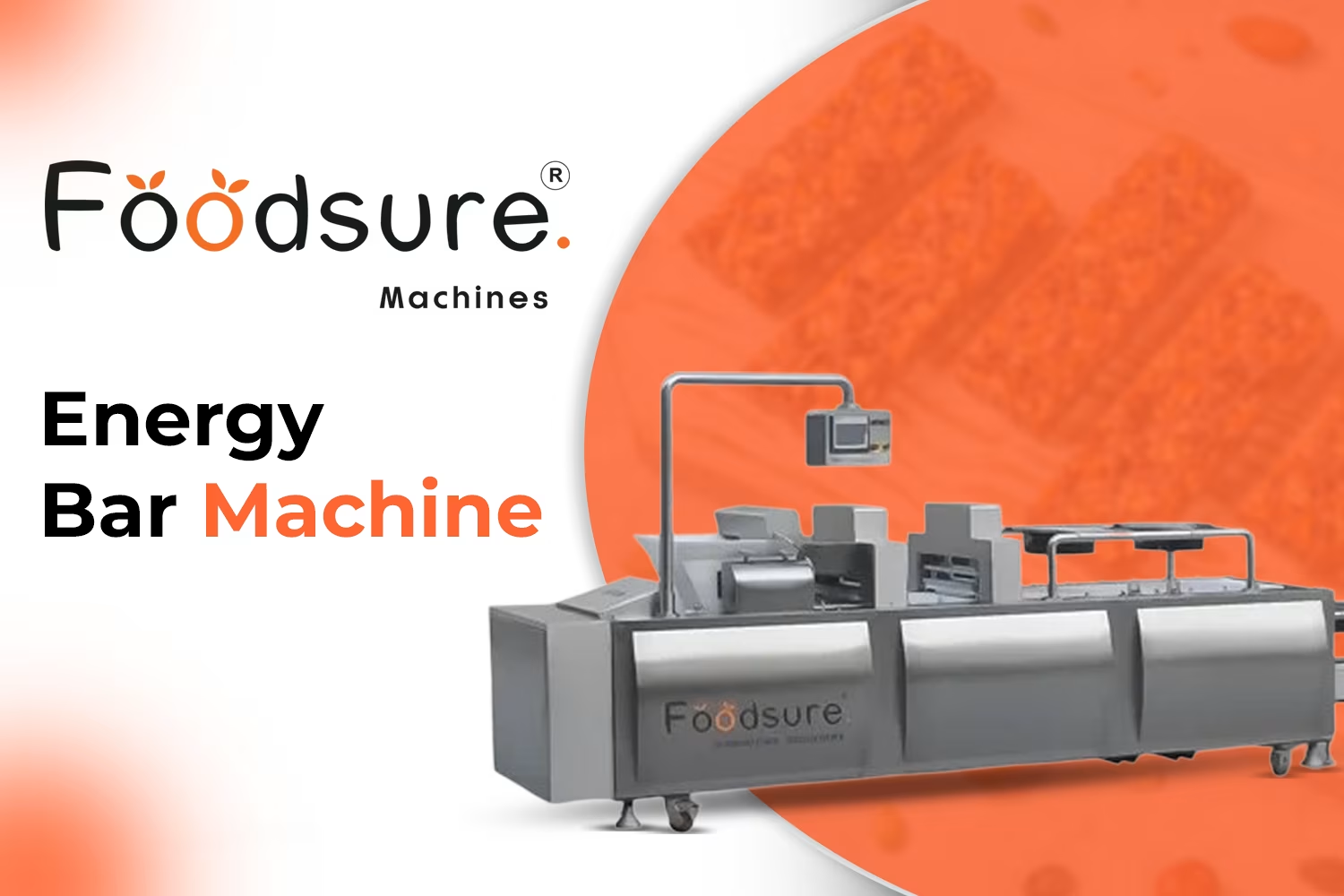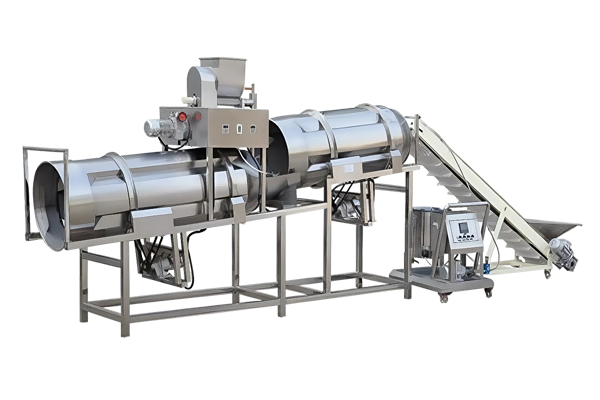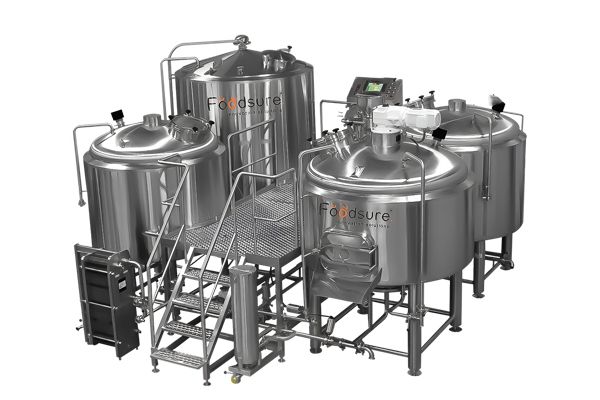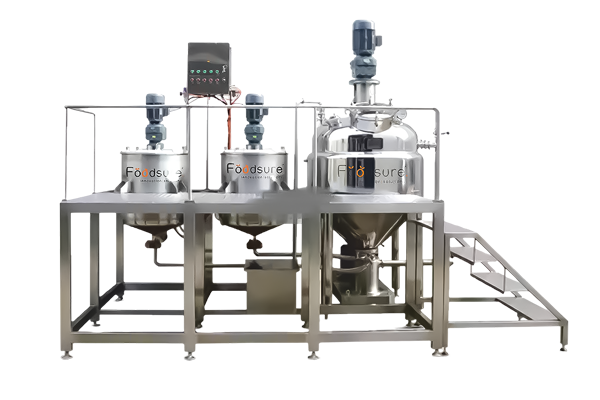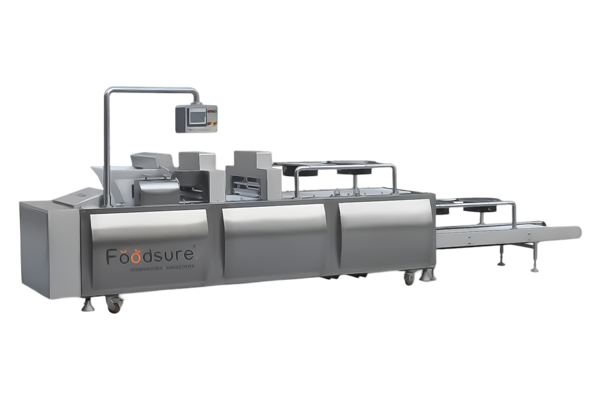Makhana has transformed from a traditional snack into a growing movement that is changing the future of healthy snacking. As its demand increases throughout India and spreads internationally, this superfood giant is creating a good opportunity and has a more significant role in the food industry. In this blog, you will be able to view a simplified development plan, step by step, on developing makhana into a scalable, profitable business.
What Is Makhana?
Makhana, also known as fox nut, is a seed that grows in water, primarily in Bihar, India. It grows in aquatic systems and is protein-rich, low in fat, and contains several minerals, such as magnesium and iron. Because of this superior nutritional profile, Makhana is regarded as a superfood. It can be eaten as a healthy snack, cooked in a dish, and simply used as a garnish.
Step-by-Step: How to Build a Profitable Makhana Business
A successful makhana business will definitely not happen by chance. from the moment you decide to sell, all the way to getting your product into customers’ hands. Whether you are a small manufacturer, a large manufacturer, or a startup, understanding every step helps minimize risks and grow sustainably.
1. Market Research & Business Planning
- Conducting effective market research into the makhana market is not just about the numbers. You want to consider who is actually buying it, what they want when they buy it, how much they are willing to pay for it, and where they purchase it.
- Interestingly, the makhana space has been rapidly increasing and is projected to be around 19.6 billion rupees by 2033. The increase in interest can be attributed to things like health trends, new types of snacks, and export potential.
2. Licensing & Certification
- FSSAI License: If manufacturing, storing, and selling makhana legally in India, an FSSAI license is required to confirm that your business complies with food standards regulations.
- ISO 22000 / HACCP Certification: If you wish to sell to large clients and export makhana, ISO 22000 / HACCP Certification is also needed. This certification reassures those you sell to of the safety of your food product while allowing for acceptance into the international marketplace.
- GMP & Hygiene Standards: Good Manufacturing Practices (GMPs) are aimed at limiting quality risks, preserving the quality of the product, and providing trust to consumers.
3. Processing Unit Setup
- Grading & Sorting Machines: These machines will separate the makhana by size, utilizing a rotary screen that has the option of an adjustable multi-deck screen. Automatic brushes will keep the screen clean, so production time can be maximized. Most machines will sort makhana at a rate between 100 kg and 500 kg per hour, and are constructed with food-grade stainless steel for hygienic and durable equipment.
- Roasting & Puffing Machines: Roasting refers to taking the raw makhana and turning it into a crispy product that is ready for consumption. You could invest in an automated machine, which will then allow you to control the temperature for a uniform roast. Roasting machines will use heat and pressure to puff the heated kernels to your desired puff size.
- Equipment for Coating & Slurry: Now that you have your kernels prepared, it’s time to apply the final tasty flavor coatings: masala, or sweet coating! A tilt drum and coating pan in stainless steel will do the job; both of which will coat the kernels evenly, while still covering all kernels. It will provide the same delicious flavor every time you coat, while also keeping material waste to a minimum.
- Equipment for Packaging: Properly packaged products with either a vacuum or nitrogen flush machine will prevent moisture and oxidation from ruining your product. Semi-automatic or automatic machines can package the product anywhere from 30 to 60 packs a minute, and a machine that packages a product from 10 grams to 1 kilogram.
4. Production & Quality Management
- Production and quality management are the result of the process of makhana becoming a product that a consumer will buy. The key to it is roasting. The objective is to get the shells to pop, the kernel to puff, and not burn a batch.
- Then, shells are removed one by one to keep each seed whole. Grading then separates makhana by size and quality. This allows the makhana to be a consistent product, so it looks nice on a shelf, and would therefore sell better.
- The truth of these different steps implies something about quality in taste and marketability. There are up-selling options by flavoring – salted, masala, and herbal, that can add value to the product, and will attract more customers.
5. Branding & Packaging
- Branding and packaging do more than just make your makhana attractive sitting on a shelf. The fact is that retail-ready packs with colorful graphics will attract local buyers, and premium packaging is key for export markets.
- Packaging is how you present your product and assure customers overseas of quality and trust. What this actually means is that good branding allows you to charge more and create brand loyalty that captures the idea that people will pay for signature and trusted products.
- Practically, packaging needs to get the basics right – visible nutritional information, date codes, ingredient list, batch codes, and FSSAI symbols. So in theory, if you can achieve a balance of practical product packaging with commercial-grade design, etc.
6. Sales & Distribution
- Wholesale: Buyers who purchase processed food in bulk will order maximally on time so they can turn over their inventory as quickly as they can. If possible, wholesale buyers who can purchase from the processor or point of origin (e.g., the farmer) will also have pressure on the processed food price from lower wholesale pricing, and potentially have a source to assist in modifying the product to get it to larger city consumers.
- Retail: Point-of-sale consumers (retail) like supermarkets, or health food and grocery stores, service consumers looking for a quality snack. Retail provides a stronger margin and brand value; however, it requires attractive packaging and solid distribution.
- D2C Platform: Online marketplaces can connect with a targeted audience and premium consumers by providing convenience and bulk options for consumers to reach beyond on-the-ground retailers.
7. Finance & Cost Management
Financing and cost management are not merely accounting; it’s the basis of a profitable makhana business. The challenge: you will have to account for all your costs, from raw materials to labor, electricity, and repairs. You will know with control what money is being spent on, different from accounting for tons of the same junk and then making educated guesses on how to make better decisions. However, in both cases, costs can be saved with government funds or a bank loan for the equipment and infrastructure.
Conclusion
We at Foodsure Machines simplify the processing of makhana and increase your income potential. That is where we come in: our machines will handle all the steps of roasting, grading, flavoring, and packaging, meaning you can ensure quality and efficiency. What this really means is that you can scale production, consistently use top-quality makhana, and confidently fulfill the increasing demand in the marketplace.
Have a Question? Let’s Connect!
Please reach out to us anytime via phone or email.

